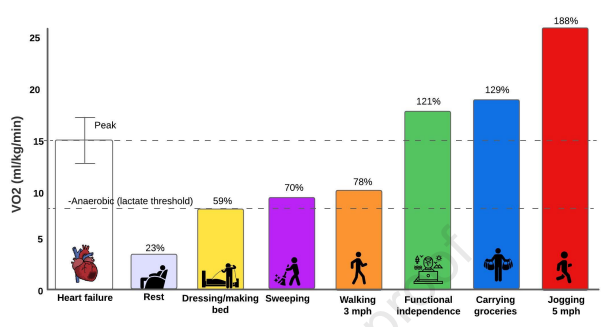
Jackson Fyfe, PhD
@jacksonfyfe
Followers
6,588
Following
446
Media
334
Statuses
1,741
I talk about exercise, ageing, and healthspan | Senior Lecturer in Exercise Science @DeakinIPAN | 15+ years in exercise research and education
Join 950+ readers ➡️
Joined May 2011
Don't wanna be here?
Send us removal request.
Explore trending content on Musk Viewer
OAT MAIYARAP X FREENBECKY
• 268347 Tweets
El Mayo
• 205681 Tweets
Mayo Zambada
• 160991 Tweets
Corinthians
• 112383 Tweets
#AnswerTheCall2024
• 110586 Tweets
#アゲインガチャ
• 72782 Tweets
限定キャラ1体確定
• 68714 Tweets
最後の10連
• 68586 Tweets
El Chapo
• 58844 Tweets
कारगिल विजय
• 52865 Tweets
チャレンジ100連
• 44083 Tweets
フジロック
• 38384 Tweets
#KargilVijayDiwas
• 36385 Tweets
APO BA SKECHERS X ELLEMEN
• 32722 Tweets
Garro
• 26344 Tweets
#ドンシェルジュ
• 23742 Tweets
幽霊の日
• 20640 Tweets
Kul Ka Crown
• 19535 Tweets
Yuri Alberto
• 17835 Tweets
भारतीय सेना
• 16277 Tweets
モノノ怪
• 15547 Tweets
कारगिल युद्ध
• 15393 Tweets
Jai Hind
• 15330 Tweets
Ovidio
• 15052 Tweets
ヒルナンデス
• 11914 Tweets
Last Seen Profiles
Resistance training: a potent tool for enhancing muscle size and function.
And it doesn’t need to be fancy or extensive to be effective.
Our review of minimal-dose resistance training approaches in
@SportsMedicineJ
:
18
108
408
Muscle and bone are closely linked.
Age-related loss of muscle (sarcopenia) and bone (osteoporosis) are both independently related to loss of physical function and independence into older age.
Great review by
@csmithAEP
and colleagues showcasing the many links between muscle
3
104
295
Want to build muscle, but don’t like lifting all the way to “failure”?
Good news: you don’t have to.
Stopping sets 1-2 reps before failure results in similar muscle growth to reaching failure over 8 weeks.
Our latest study led by
@MartinRefalo
and team.
@DeakinIPAN
3
58
237
Resistance training builds muscle - but do males respond differently to females?
Our new meta-analysis (in peer review) led by
@MartinRefalo
found:
- Males on average grow more muscle (in absolute terms)
- But relative changes in muscle size from baseline levels were similar
4
58
226
You don’t need to hit failure in the gym to build muscle.
And doing so probably won’t lead to further gains (versus training just shy of failure).
Some of the main conclusions from our meta-analysis led by
@MartinRefalo
as part of his (soon to be submitted) PhD.
A great body
5
44
207
With ageing:
The decline from our “peak” cognitive and physical function is inevitable.
But we can influence:
- The height of the peak
- The rate of decline after the peak
And ultimately delay:
The point where we cross the disability and dependence threshold.
@mackinprof
3
68
202
Another win for short but frequent exercise.
In older adults with mild cognitive impairment, 9-minute “exercise snacks” twice per day (over 28 days) was feasible, enjoyable, and showed promising effects on physical function.
Great work from
@MaxJWestern
and co.
3
65
199
How does ageing and physical activity affect our mitochondria?
And how do these mitochondrial changes impact physical function (and sarcopenia) across the lifespan?
Great review from
@matt_lee1
@BlueSpotScience
and colleagues!
8
57
177
No time to lift? A great paper from
@BradSchoenfeld
and co. outlines how to make strength training more time efficient:
So what are the key takeaways? A short 🧵:
(1/7)
1
32
175
Walking speed is a strong predictor of overall health.
So much so it’s known as the “6th vital sign”.
And strength (grip strength) is one of the best predictors of slow walking speed.
New work from Jesse Zanker,
@DavidScottPhD
,
@DrBenKirk
,
@DrGustavoDuque
et al.
4
50
172




















































































































